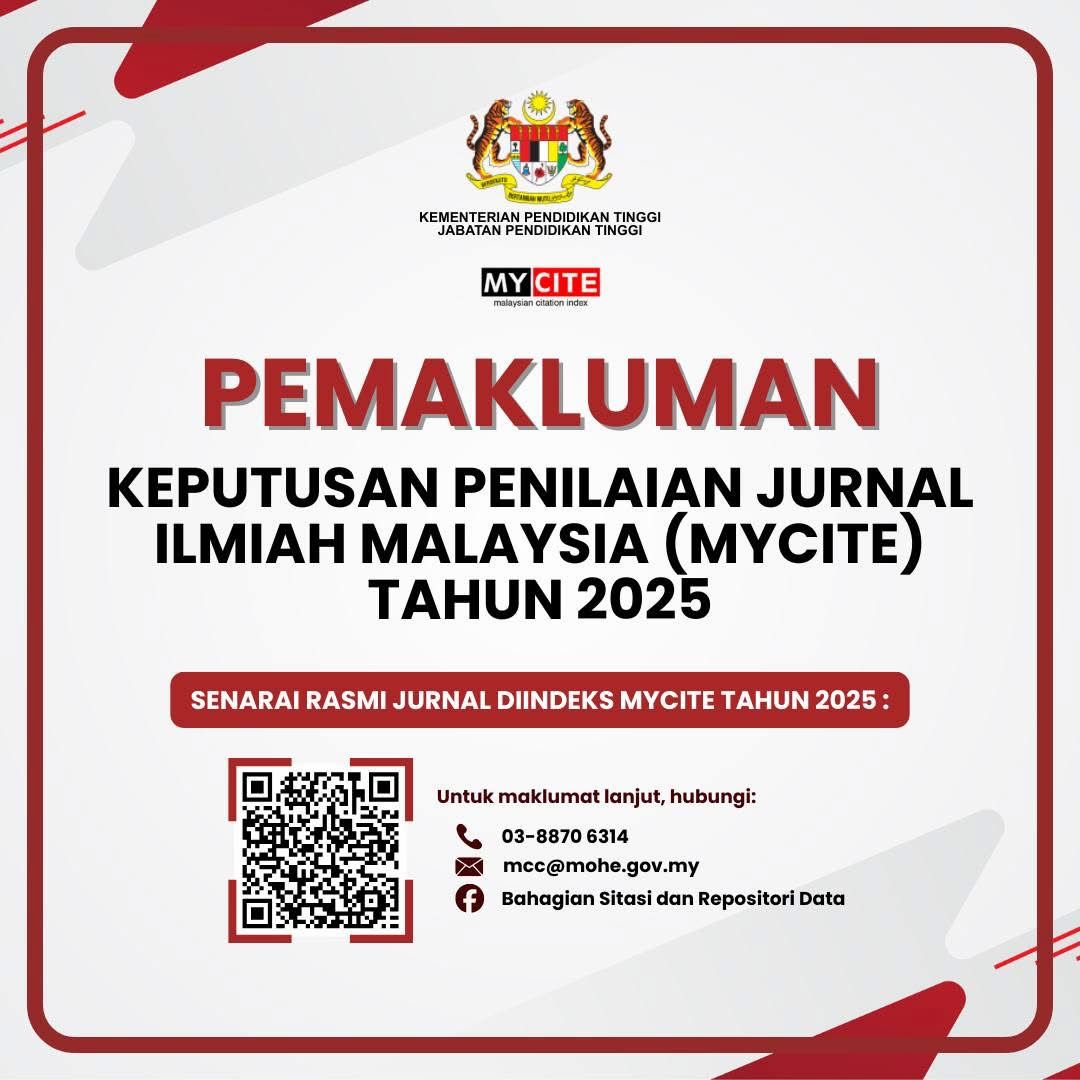From One to Diversity:Explore the Design Principles of Flexible Branding Visual Identity and Its Application on Design Practice
-
DOI:
https://doi.org/10.24191/idealogy.v9i2.539Abstract
As a new trend in visual design, Flexible Branding Visual Identity (FBVI) holds the overwhelming advantage in its being adaptable in situation, flexible in application and rich in connotation, and therefore adopted by increasing number of brands in the building and promotion of visual image. Much attention has been drawn to this field but without much reflection on its usage and the theory behind. This research aims to explore the methods and skills for the use of flexible branding visual identity. Drawing on the theories of visual psychology as well as visual thinking, the research makes a comparison between the traditional and newly-developed approach in brand design in terms of advantage and disadvantage. Along with the review of a great number of cases, the research formulates the idea of overall perception advantage, arguing that flexible logo has the potential to impress the viewers as a self-contained system instead of an individual element. Based on the above discussion, the research concludes some principles about FBVI as guidelines to design practice. In the end, the case of visual identification of Cantonese Temple Fair is to exemplify how the principles are applied to a visual promotion project that addresses the problem of incorporating varieties of local culture into a coherent system.
Keywords: Flexible branding visual identity, Visual communication, Cantonese Temple Fair
References
Arnheim, R. (1969). Visual thinking. Univ of California Press.
Chen Jinming & Wang Xiangliang (2018). Flexible Visual Identity—logos for a stronger brand. The Images Publishing Group.
He, Xingchi & Sun, Xi. (2019). Holistic Awareness of Variable Brand Identity Design. Journal of Hangzhou University of Electronic Science and Technology (Social Science Edition) (04), 74-78. doi:10.13954/j.cnki.hduss.2019.04.013.
Keller, K. L., Parameswaran, M. G., & Jacob, I. (2011). Strategic brand management: Building, measuring, and managing brand equity. Pearson Education India.
Li, N.. (2014). Research on Multiform Design of Brand Logo (Master's thesis, Qingdao University). https://kns.cnki.net/KCMS/detail/detail.aspx?dbname=CMFD201501&filename=1014305096.nh
Liu, Julia. (2014). Introduction to polymorphic logo design and expression. Design (04), 99-100. doi:CNKI:SUN:SJTY.0.2014-04-047.
Tang, W.G.. (2012). Between motion and stillness (Master's thesis, Nanjing Arts Institute). https://kns.cnki.net/KCMS/detail/detail.aspx?dbname=CMFD201301&filename=1012506875.nh
Wang, Y.Z. & He, Zheng. (2014). A Comparative Study of Dynamic Signs and Polymorphic Signs. Design (09), 108-109. doi:CNKI:SUN:SJTY.0.2014-09-051.
Yu Xiafei. (2018). Research on polymorphic logo design based on gene theory. Design (18), 144-145.
Downloads
Published
Issue
Section
License
UiTM Press (the Publisher) has agreed to publish the undersigned author’s paper in Idealogy Journal. The agreement is contingent upon the fulfilment of a number of requirements listed below.
1. The undersigned author warrants that the paper entitled below is original, that it is not in any way libellous or unlawful in Malaysia, that it does not infringe any copyright or other proprietary right. The undersigned hereby represents and warrants that he/she is the author of the paper, except for material that is clearly identified as to its original source, with permission notices from the copyright owners where required. The undersigned represents that he/she has the power and authority to sign and execute this agreement.
2. The undersigned author warrants that the paper entitled below has not been published elsewhere, and also it will not be submitted anywhere else for publication prior to acceptance/rejection by this Journal.
3. By submitting the paper entitled below, the undersigned author agrees to transfer the rights to publish and distribute the paper in an international e-journal (entitled above) to Publisher.
4. The undersigned author agrees to make a reasonable effort to conform to Publisher's submission guidelines and to liaise with the editor to ensure that the requirements of these guidelines are met to a reasonable degree.
5. The corresponding author signs for and accepts responsibility for releasing this material on behalf of any and all coauthors. This agreement is to be signed by at least one of the authors who has obtained the assent of the co-author(s) where applicable. After submission of this agreement signed by the corresponding author, changes of authorship or in the order of the authors listed will not be accepted.




